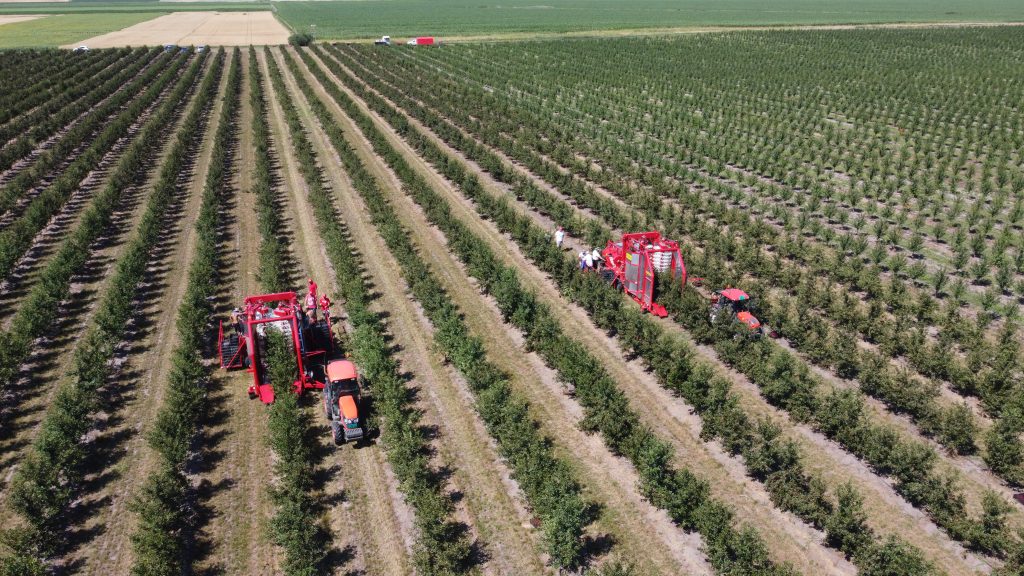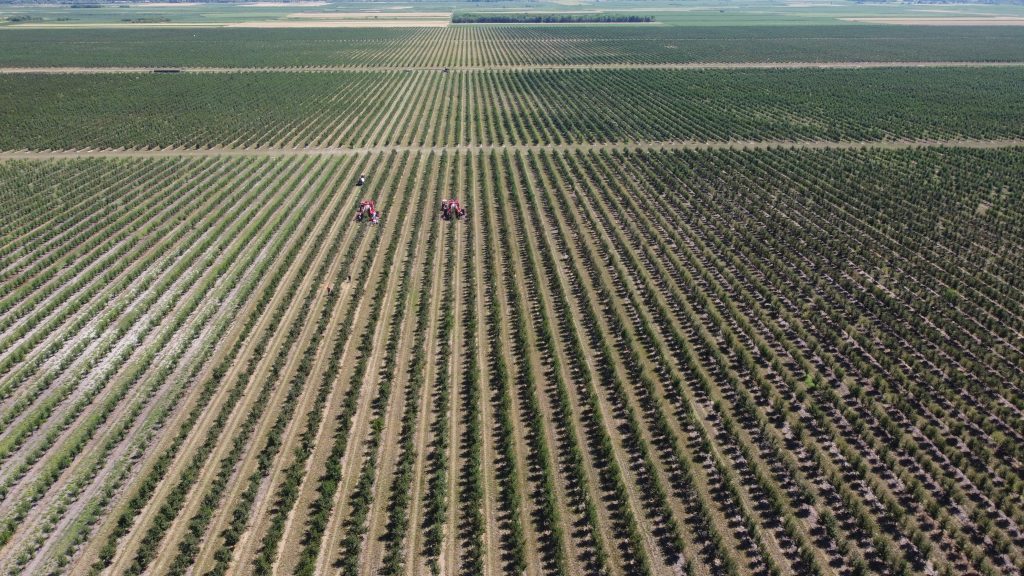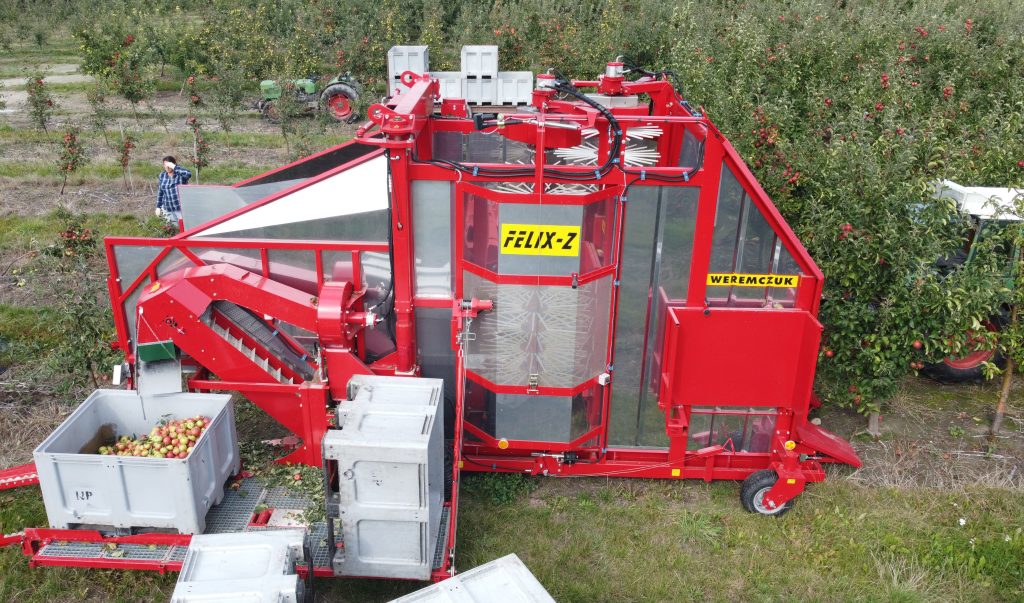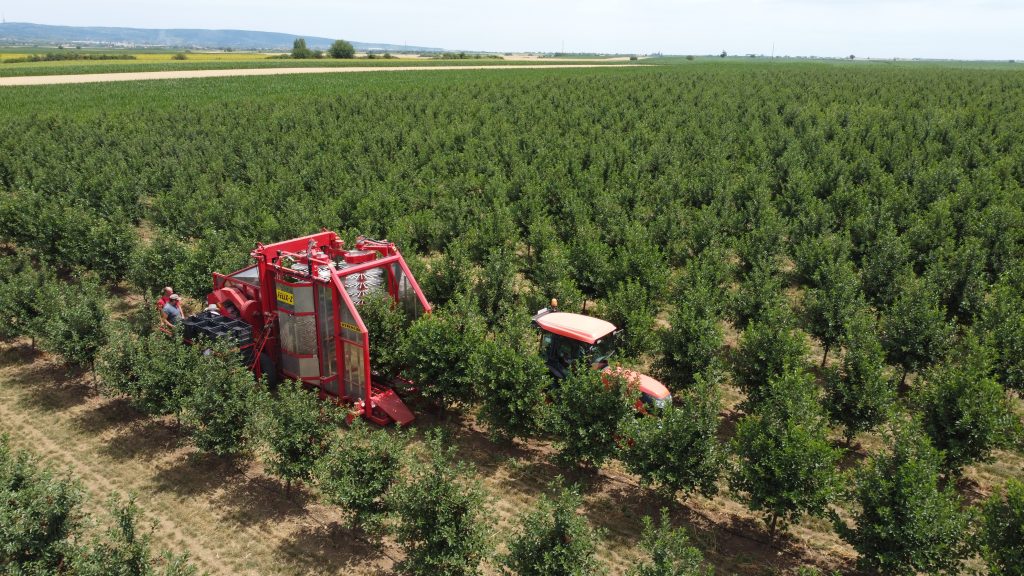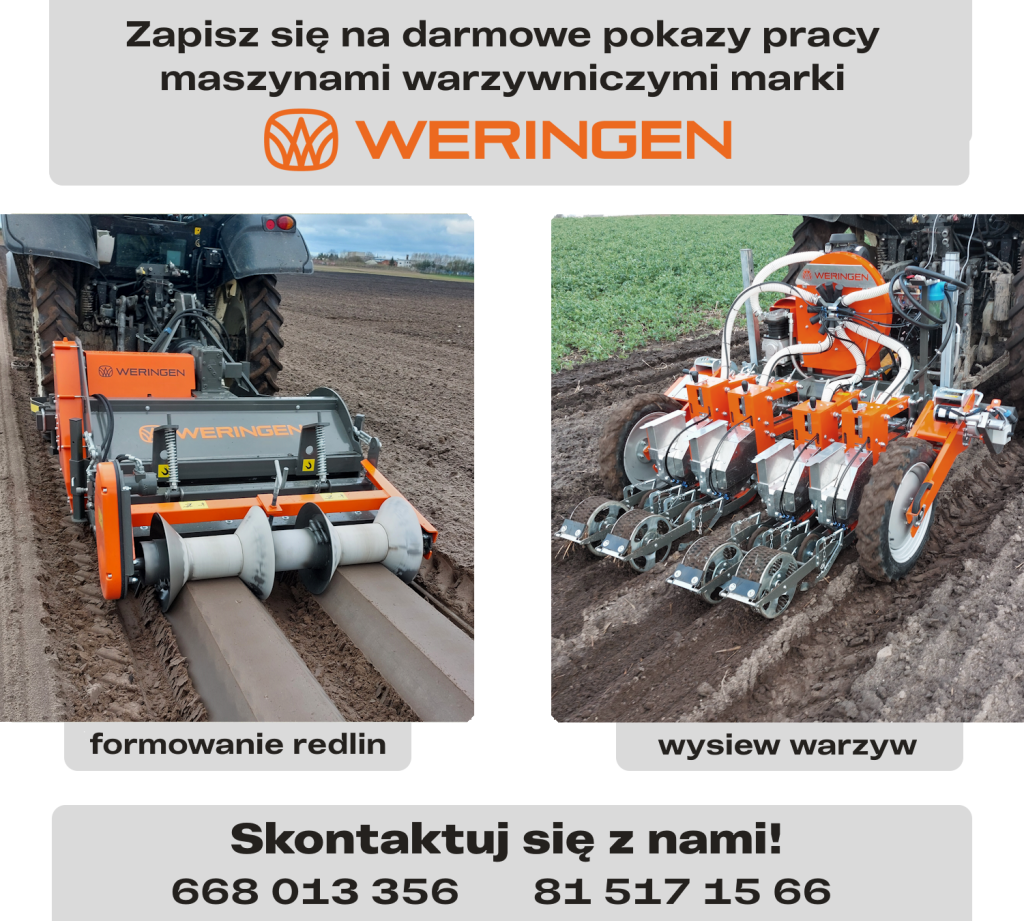Blog
Mechanical harvesting with a harvester in intensive orchards
Manual harvesting in intensive orchards accounts for up to 80 per cent of the costs in the production cycle. Such a large component of manual labour was an important obstacle to the formation of large commercial farms. This situation changed with the development of harvester models, which increased the speed of harvesting and made it possible to grow fruit on plantations ranging from a few dozen to several hundred hectares. That is why, if you want to increase the productivity of mechanical harvesting, it is a good idea to buy such a harvester for your farm. You can find them at https://agronetto.pl/ – one of the largest online marketplaces for buying and selling agricultural equipment, where there are thousands of ads from both private users and established companies. The marketplace has been popular for over 22 years and has earned its popularity thanks to its reliability and safety.
An intensive orchard
This is an area with a high density of plantings (around 2500-2800 per ha), characterised by the early entry of trees into fruiting – usually 2-3 years after the seedlings are planted. Intensive horticulture is the most progressive technology of apple, cherry and plum cultivation. The economic efficiency of orchards of this type is many times higher than with classic technology. The difference between the technologies is especially noticeable in conditions of risky farming, where climatic conditions are the factors reducing the yield. Planting orchards of this type in these regions allows solving the problem of low yields in many respects.
Apple, cherry and plum harvesting
In many European countries these fruits have been traditionally harvested mechanically for decades. In parallel with new designs of harvesters used for this purpose, new varieties have been developed whose physical and mechanical properties have been adapted to this type of harvesting. Plantations for mechanised harvesting should be laid out with row widths of at least 4 m. This allows all agronomic practices to be carried out freely. The distance between plants in the row is 1,0-2,5 m, which allows for proper shaping of trees with a minimum number of branches growing along the row, which can be damaged during the passage of machinery during cultivation.
Features of a machine used in intensive orchards
Effective harvesters for harvesting in intensive orchards should have the following characteristics:
- Compactness – the harvester should be compact so that it is easy to manoeuvre between rows of plants.
- The harvester should be designed to adapt to picking different types of fruit.
- Delicacy: the picking systems must be delicate to avoid damaging the fruit during picking.
- High productivity. Efficiency and speed of harvesting should be optimal to reduce picking time and ensure high productivity.
- The use of automation technology and control systems can increase the efficiency of the picking process.
The harvester should be designed to adapt to different horticultural conditions such as uneven terrain, variable weather conditions and others. Let’s look at a specific example. One such machine that fits all of the above points is the FELIX/Z.
Technical specifications:
- output: 0,2 – 0,4 ha/hour;
- load capacity of working platforms: 1500 kg;
- number of shakers: 2;
- working speed: 0,5 – 1,0 km/h;
- power requirement: 80 HP.
This single row harvester is widely used for harvesting cherries and plums and is also well suited for harvesting apples for processing. It is designed for picking apples in intensive orchards with a trellis system. Depending on the nature of plantations (width and length of rows, yield), during one hour of picking it is possible to harvest 0,2-0,4 ha.
It is a trailed harvester working with tractors of at least 80 HP. It is equipped with components that ensure reliable and efficient operation while maintaining high fruit quality. The hydraulic drive of all working components in the FELIX/Z harvester makes it easy to maintain and allows you to quickly adjust the settings to suit your needs. The harvester is also equipped with swivel wheels and hydraulic drawbar control, providing comfortable steering and precise row alignment for the tractor operator.
The FELIX/Z harvesting system consists of two vertical shakers that vibrate the tree branches and cause the fruit to be pulled away. As the harvester passes over the trees, it moves them into the shaking zone, after which the fruit fall onto flexible conveyors underneath the shakers. The fruit is then moved to the cleaning module and directed into containers placed on the working platform.
Conclusion
Mechanical harvesting in intensive orchards is an important step to optimise the process and improve the efficiency of agricultural production. In intensive orchards, where plant distribution can be very dense and space is limited, the use of specialised harvesters for harvesting can be a key factor, as their use helps to increase productivity, reduce labour costs and improve crop quality. However, on a case-by-case basis, it’s important to consider orchard characteristics, crop types and local conditions to select the best equipment. For help with a more specific selection, it is necessary to research specialised online marketplaces such as https://agronetto.pl/weremczuk, where a flexible search can be used to satisfy all your needs.




